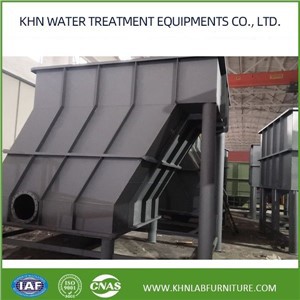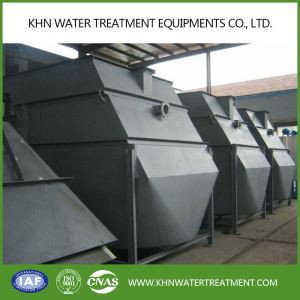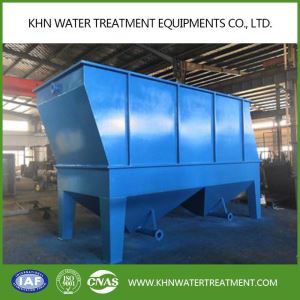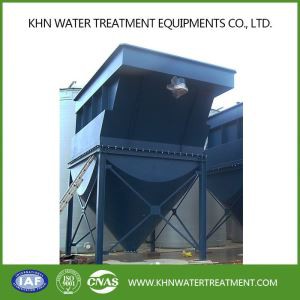
High-efficiency Clarifier (Sedimentation Tank)
The high-efficiency clarifier (sedimentation tank) has good flocculation performance, dense lumps, firmness, fast settling speed, high efficiency, good sludge concentration effect, no need for pre-concentration, resistance to load and water impact, excellent water quality.
Send InquiryThe high-efficiency clarifier (sedimentation tank) contains the coagulation area, flocculation area, inclined tube sedimentation area, sludge return system and excess sludge discharge system.
Coagulation zone: The agent is fully and evenly diffused in the water body. Adding agent is PAC (polyaluminum chloride) and ozone, coagulation time: 60S. Main equipment: fast mixer
Flocculation area:
After being fully mixed, the raw water will make the micro flocs contact and collide with each other under the action of water flow to form larger particles. The added agent is PAM (polyacrylamide) for 15.6 minutes. Main equipment: slow mixer
Inclined tube sedimentation zone: to separate floc and fresh water, with a rising speed of 8.4 meters per second.
Main equipment: one mud scraper, sludge pump, operation mode: continuous operation. A set of agitators (coagulation), flocculation.
Working principle
Under the rapid stirring of the rapid mixer, the sewage and the coagulant PAC fully react in a short time to form alum, and the added return sludge can accelerate the growth of the alum and increase the density of the alum, in order to improve the flocculation effect The sedimentation effect in the sedimentation tank.
The sewage after the reaction in the coagulation zone enters the flocculation zone, mainly to further increase the density of alum flowers. Here, 2mg / L of PAM flocculant is added by the dosing system. Slow stirring is carried out in this zone. Rapid stirring will break the formed alum flowers. If the speed is too slow, the formed alum flowers will precipitate in this area. Sewage flows to the sedimentation area at a slow speed, and sedimentation is performed efficiently in the inclined tube sedimentation area. The settled water enters the sump and then flows to the outlet channel. The sludge deposited is sent by the scraper at a low speed. To the lower funnel of the inclined tube sedimentation zone, the upper layer of sludge is only retained for a few hours and then pumped to the coagulation area by the return sludge pump in the sludge system. The concentration of time is generally about one week. After the concentration is completed, the remaining sludge pump is pumped to the sludge tank.
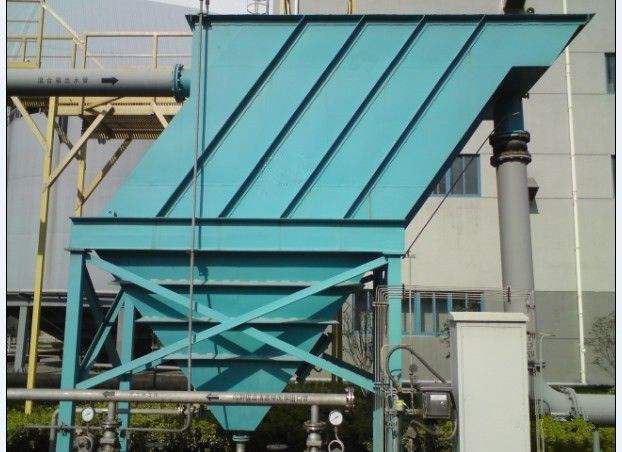
Application
The high-efficiency clarifier (sedimentation tank) is a compact, efficient and flexible new sewage treatment process that can be widely used in various fields. It can be used to treat industrial and domestic sewage, drinking water, rainwater and tertiary wastewater. The high-efficiency sedimentation tank has a wide range of applications and is suitable for drinking water production, sewage treatment, industrial wastewater treatment and sludge treatment. High-efficiency clarifier (settling tank) technology has been used in the European market for many years. For example, many European water plants such as France's MOUT water plant and Germany's Lagrand have adopted this process. At present in the Chinese market, there are many projects using this technology, such as Urumqi, Shidunzishan Water Plant Expansion Project, Shijiazhuang Qiaoxi Wastewater Treatment Plant Wastewater Reuse Reform Project, Shougang Wastewater Treatment Project, etc. For example, Baoding surface water plant uses high-efficiency sedimentation tanks as sludge thickening tanks, which improves the concentration efficiency and saves floor space.
There are three main types of high-efficiency sedimentation tanks:
(1) RL type high-efficiency sedimentation tank. (Multi-purpose domestic water treatment process and domestic sewage treatment process)
The tank is currently the most widely used high-efficiency clarifier (95% of the project). Using this type of high-efficiency sedimentation tank, the cement mixture flows into the lower part of the inclined pipe of the sedimentation tank, and the sludge is separated from the water in the sedimentation area under the inclined pipe. At this time, the sediment is hindered by sedimentation; It follows the mechanism of the inclined tube sedimentation tank. Therefore, the entire sedimentation process in the same structure takes place in two stages: deep obstruction sedimentation and shallow inclined tube sedimentation. Among them, hindering the separation process of the sedimentation zone is the basis for the calculation of the geometry of the sedimentation tank
(2) RP type high-efficiency sedimentation tank
When the effluent and sewage discharge standards are not very strict, the use of such high-efficiency clarifiers has a better effect and can be installed without inclined pipes.
The clarifier is rarely used (only for the concentration of the supernatant discharged from the filter tank flushing wastewater belt, special concentration requirements).
(3) RPL-type high-efficiency sedimentation tank (mostly used in urban sewage treatment process and industrial sewage treatment process)
This type of high-efficiency clarifier is only used when it is necessary to concentrate mud storage and have no adverse effect on the treatment. Therefore, its application is limited to the carbon removal process (non-potable water) and the special precipitation process in industrial wastewater treatment.
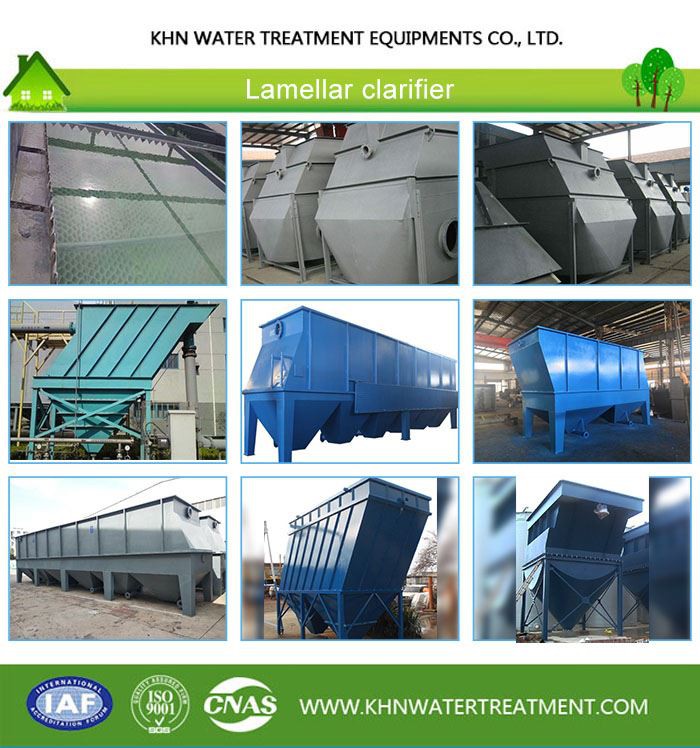
Hot Tags: high-efficiency clarifier (sedimentation tank), China, suppliers, manufacturers, factory, customized, price, OEM


